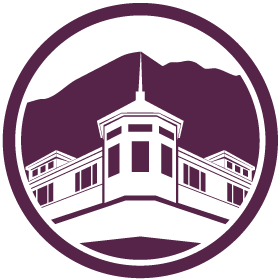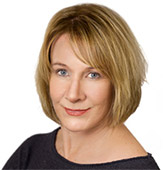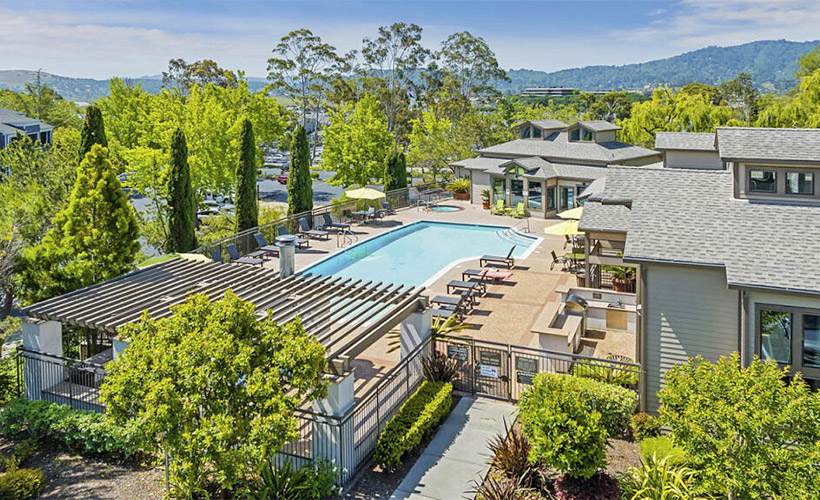Marin County apartment sales surged 2.5 times last year, but prices fell and rents declined as vacancy increased.
Marin County apartment sales volume last year increased 2.5 times, from $62 million in 2023 to over $221 million in 2024. Investors waiting for lower prices and higher returns finally found them last year.
With higher mortgage rates and stricter lender underwriting, deals became creative with seller financing and first and secondary financing occurring in more than half the closed sales.
As prices softened, capitalization rates increased year over year from a median of 4.63% in 2023 and moved to 5.15% in 2024. Commonly called the cap rate, it is a crucial measurement in commercial real estate of investment risk, return potential and property value efficiency, or how effectively a property’s price reflects its income-generating potential.
At the same time the median price per unit dropped from $380,000 in 2023 to $358,000 in 2024. The median gross rent multipliers also decreased from 14.21 to 12.58 year over year. Except for luxury Southern Marin apartment properties, with GRMs gross revenue multiples from 15.5 to 16.8, most of the closed sales volume was in San Rafael where properties turn over the most.
In multifamily real estate, gross rent multiplier (GRMs) is an estimate of property value, comparing property price to annual rental income. Lower GRMs can mean a better value, depending on a property’s expenses and other factors.
Pushing up the total dollar volume of multifamily property sales in the county last year was the sale of a 249-unit Larkspur property at 100 Old Quarry Road, which sold for $131 million in October. The remainder of the sales of properties with five-plus units were buildings from five to 22 units with most owners retiring from real estate management and either cashing out, carrying short-term financing or exchanging via Section 1031 tax deferment into properties that aren’t management intensive.
Even with the large increase in sales, many owners that listed their properties last year did not secure a buyer and plan to return to the market this year with their properties offered at a lower price.
I expect to see increasing inventory this year as longtime owners retire, even more creative deal making and lower prices to match the closed sales in 2024.
If you are planning on selling be aware that prices have already peaked, and we are on our way back down to lower prices that will yield better returns for the real estate investor.
Last year Marin County rents softened as the vacancy rate rose to 4.7% according to a recent Costar rental survey. The county population has declined by 1.2% year over year, as tenants moved back to San Francisco or moved out of state to seek cheaper housing.
Especially hard hit were the Southern Marin cities of Sausalito, Tiburon and Mill Valley, where vacancy rates were over 6% starting in midsummer of 2024. Owners are reporting that it is taking months instead of weeks to fill vacant apartments.
Many landlords are now lowering rents in order to fill units. Most of the rent growth in the past 3 years was due to tech workers moving from San Francisco to find cheaper housing.
Now with the tech layoffs in San Francisco, Marin landlords are seeing declining demand for Marin rental housing.
In Central Marin, where rental housing is cheaper and more abundant, rents are flat with the vacancy rate around 4%. Two thirds of rental housing units in San Rafael are filled with lower income tenants who work in the Marin County service industry.
The weak population growth in the County and higher rents will continue to affect rent growth in 2025 and rents are expected to be flat.
Tips to get your units rented
- Add in unit stacked washer and dryer to a closet off the living room. Property managers report this is the number one request from potential tenants looking for an apartment.
- Consider offering an incentive of $1,000 off the first month’s rent with a 12 month signed lease.
- Alter your no pet policy by allowing one pet per unit (either cat or dog) and asking for a pet deposit at move in. The most stable tenants often have pets and don’t move often, thus reducing your turnover costs.
- Add separate storage units for tenant use, even if it’s a portable unit at the rear of the property that is waterproof and easily accessible.
- Add bike racks for tenants at your property, especially where popular bike paths are nearby.
- Consider creating or upgrading existing outdoor spaces for tenants where they can relax with a book or socialize with friends or family. An outdoor table and chairs are popular with most tenants.





